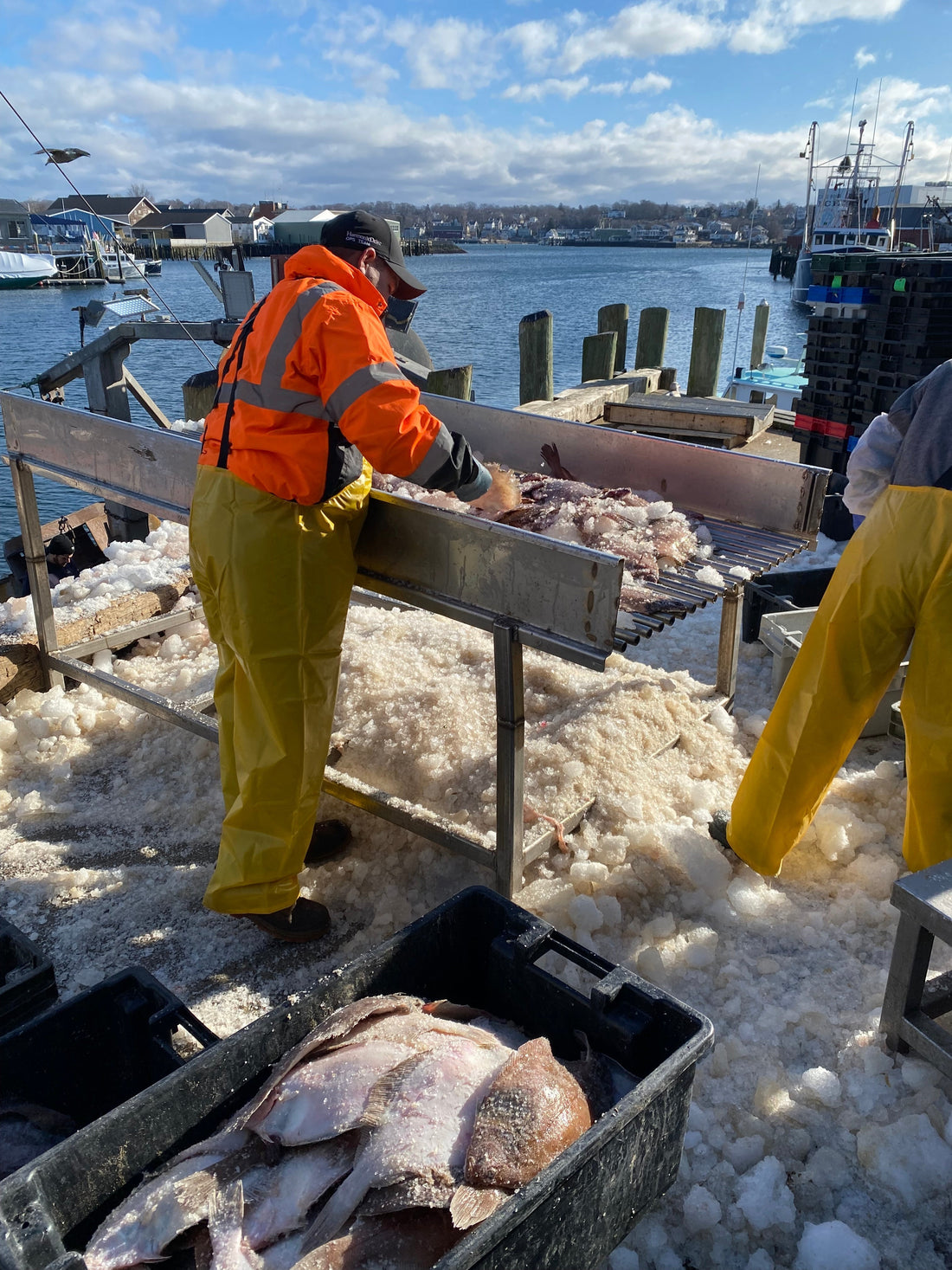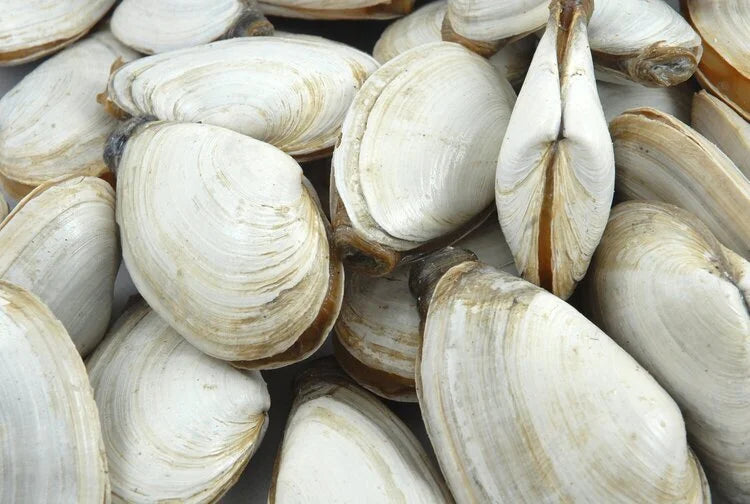Behind the Catch: What Affects Wild-Caught Seafood Availability
Ever wonder why your favorite wild-caught seafood isn't always available, or why the price seems to change on a whim? Unlike farm-raised options, the supply of wild-caught seafood is a delicate and unpredictable process. From weather patterns to environmental closures, a variety of external factors influence what ends up on your plate. In this post, we'll pull back the curtain and explore the fascinating journey of wild seafood, explaining the key reasons behind its fluctuating availability and price.

Rain Closures
When heavy rainfall exceeds a certain amount—typically more than a half inch—the Division of Marine Fisheries can issue a rain closure for shellfish beds. This is a temporary but necessary precaution. Heavy rain can cause contaminants, like farm and household fertilizers, to wash into coastal waters. To ensure the safety of clams and other shellfish, these areas are closed until the tide has had at least 3 to 6 days to wash away and dilute the contaminants. If it rains more during the closure period, the closure will be extended.
Rain Closures directly affect the availability and price of Fresh Frying Clams, Steamers, and Razor Clams.
Red Tide
A “red tide" occurs when certain microscopic algae in the ocean increase, leading to a higher concentration than usual. While these algae do not harm the shellfish themselves, the toxins produced by these algae can be harmful to humans if they consume shellfish that have filtered the toxic algae from the water.
This is a very common and natural occurrence, particularly during the summer months, often influenced by factors like rainfall and rising temperatures. When a red tide is detected even in just one area, public health authorities pre-emptively shut down all shellfish harvesting areas.
Unlike rain closures, there is no set timeline for a red tide closure. The beds remain closed until the algae toxin levels drop to a safe level, which can take days, weeks, or even months. This can significantly impact the availability of popular shellfish like scallops, clams, and mussels. These guidelines are strictly adhered to as the safety and health of the public are the top priority.
Weather
You might think rain or cold temperatures would stop a fishing boat, but the biggest weather concern is actually wind. High winds can create dangerous conditions, making it difficult for boats—whether they're dredging for scallops or using hook-and-line for tuna—to operate safely and effectively. Fishermen will often stay in port when strong winds are in the forecast, which can lead to a temporary gap in fresh catch.
Spawning Seasons
To ensure the long-term health and sustainability of our marine ecosystems, it's essential to respect the natural reproductive cycles of fish and shellfish. Spawning seasons are specific times of the year when species gather to reproduce, and it's a critical time for replenishing populations. Many species, particularly in New England, spawn during the spring and summer months when warmer water provides ideal conditions.
During these periods, certain fisheries may close, or quotas may be reduced to protect the spawning population. By not catching fish during this sensitive time, we help maintain a healthy and abundant supply for future years. Responsible seafood businesses and fishermen follow these rules, which means that certain species may be unavailable or limited during their spawning season.
Fishing Quotas
The government, through agencies like the National Oceanic and Atmospheric Administration (NOAA), establishes fishing quotas to prevent overfishing and manage fish stocks. These quotas limit the amount of a particular species that can be harvested each year or season. Quotas are often allocated to different "sectors" or groups of boats. Once a sector reaches its quota, fishing for that species must stop, regardless of whether fish are still abundant. This is a vital tool for conservation but can also cause seasonal availability issues as quotas are met.
Unpredictable Fish Migration
With wild-caught species, there's no guarantee that the fish will be in the same spot every day. Even the most skilled fishermen have to contend with the unpredictable nature of marine life. A great example is the Boston mackerel, which is plentiful in June and July but can seemingly disappear until October or November. These fish move around based on water temperature, food sources, and other factors that are difficult to predict. When a captain goes out and finds a harvesting area empty, it's not only a disappointment but also a costly one, given the expense of fuel and crew wages.
The Bottom Line...
Ultimately, the availability of wild-caught seafood is a complex dance between nature's unpredictability and the regulations designed to protect it. When supply is low and demand is high, prices naturally go up. By understanding these factors, you can appreciate the journey your seafood takes from the ocean to your plate and know that a temporary shortage is often a sign of a healthy, responsibly managed fishery.
Do you have any questions about a specific type of seafood you're interested in?


